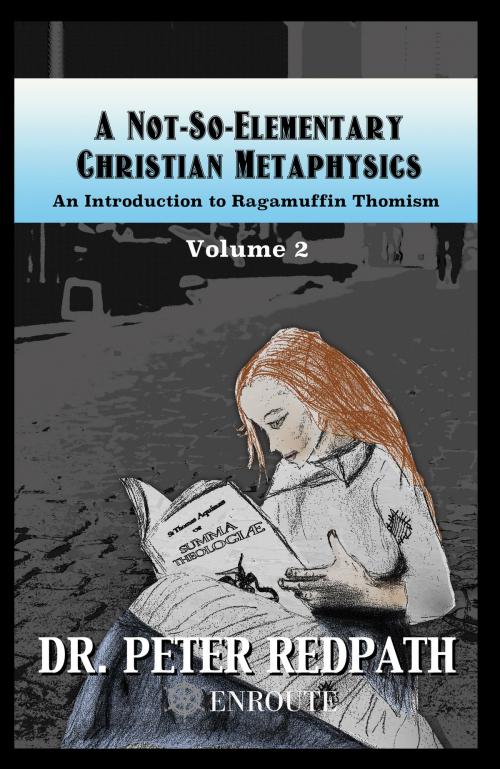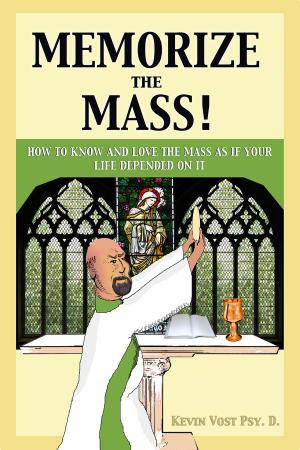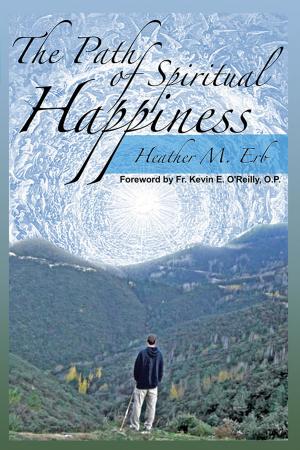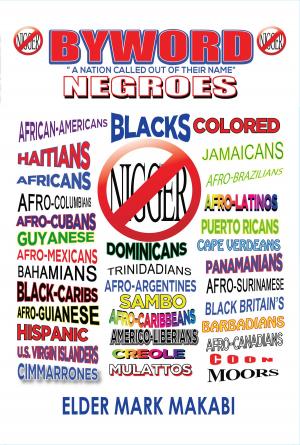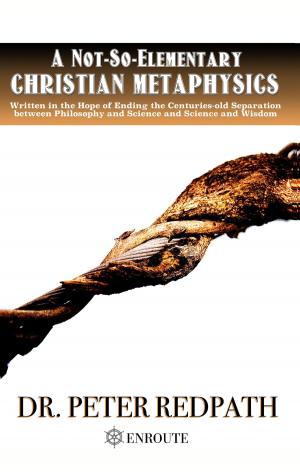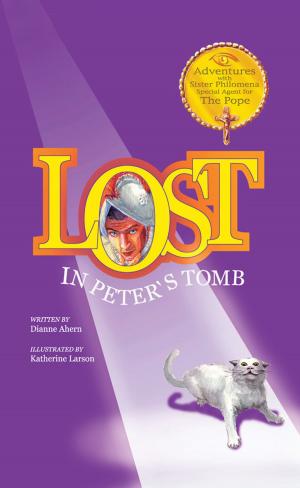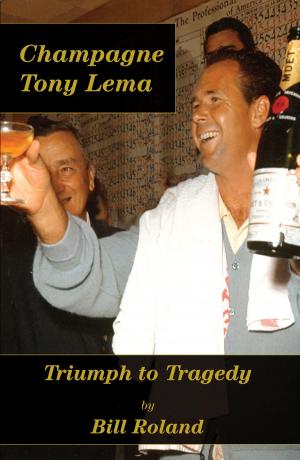A Not-So-Elementary Christian Metaphysics
Volume Two
Nonfiction, Religion & Spirituality, Philosophy, Metaphysics, Ethics & Moral Philosophy| Author: | Peter Redpath | ISBN: | 1230001538533 |
| Publisher: | Proving Press | Publication: | February 8, 2017 |
| Imprint: | Language: | English |
| Author: | Peter Redpath |
| ISBN: | 1230001538533 |
| Publisher: | Proving Press |
| Publication: | February 8, 2017 |
| Imprint: | |
| Language: | English |
Nothing short of a metaphysical disturbance and metaphysical revolution of the highest order can resolve the West's and the world's current cultural, political, and civilizational problems. Dr. Redpath's contribution to resolving this metaphysical crisis has been chiefly to add to the vision of his mentors the dimension that the only way to reunite science and wisdom is through uniting philosophy and science, and the only way to reunite philosophy and science is through a new interpretation of Western intellectual history, especially that of the nature of ancient philosophy and of the teachings of St. Thomas.
While in the first volume of this series, Dr. Redpath endeavored to accomplish this re-interpretation, in this second volume, he has sought chiefly to consider essential implications regarding the nature of the reunion between philosophy and science and the teachings of St. Thomas. He expects that he has helped his mentors give birth to aradically new interpretation of St. Thomas (what some colleagues of his and he have started to call "Born Again Thomism" or "Ragamuffin Thomism") as well as a radically new interpretation of philosophy and science.
Nothing short of a metaphysical disturbance and metaphysical revolution of the highest order can resolve the West's and the world's current cultural, political, and civilizational problems. Dr. Redpath's contribution to resolving this metaphysical crisis has been chiefly to add to the vision of his mentors the dimension that the only way to reunite science and wisdom is through uniting philosophy and science, and the only way to reunite philosophy and science is through a new interpretation of Western intellectual history, especially that of the nature of ancient philosophy and of the teachings of St. Thomas.
While in the first volume of this series, Dr. Redpath endeavored to accomplish this re-interpretation, in this second volume, he has sought chiefly to consider essential implications regarding the nature of the reunion between philosophy and science and the teachings of St. Thomas. He expects that he has helped his mentors give birth to aradically new interpretation of St. Thomas (what some colleagues of his and he have started to call "Born Again Thomism" or "Ragamuffin Thomism") as well as a radically new interpretation of philosophy and science.
